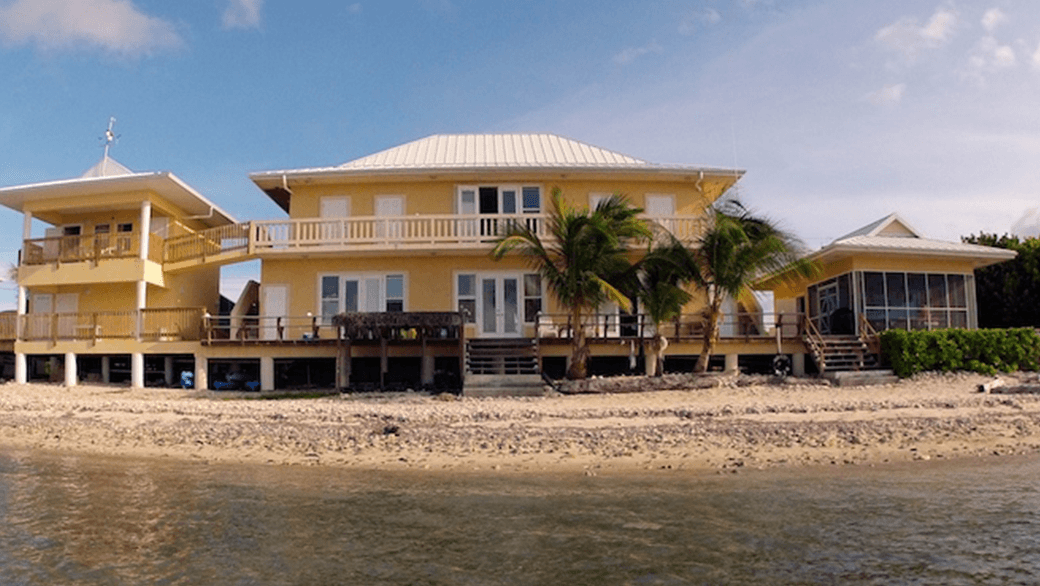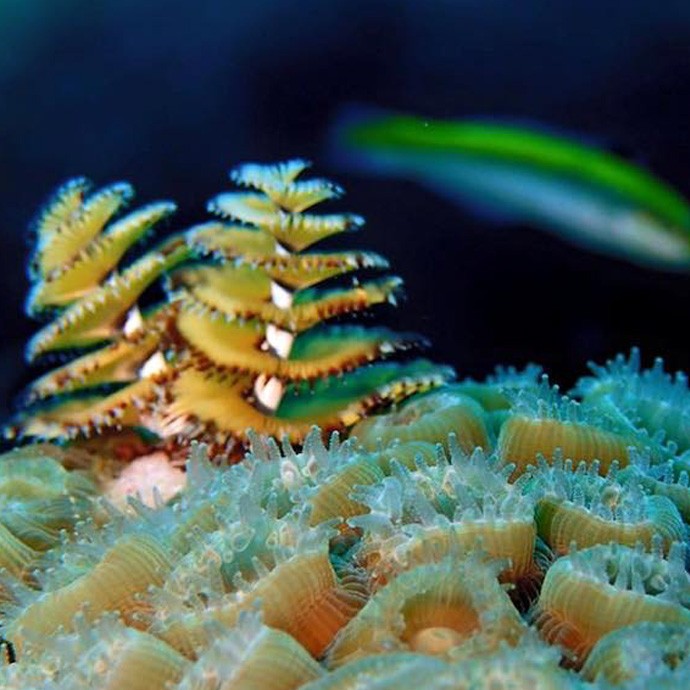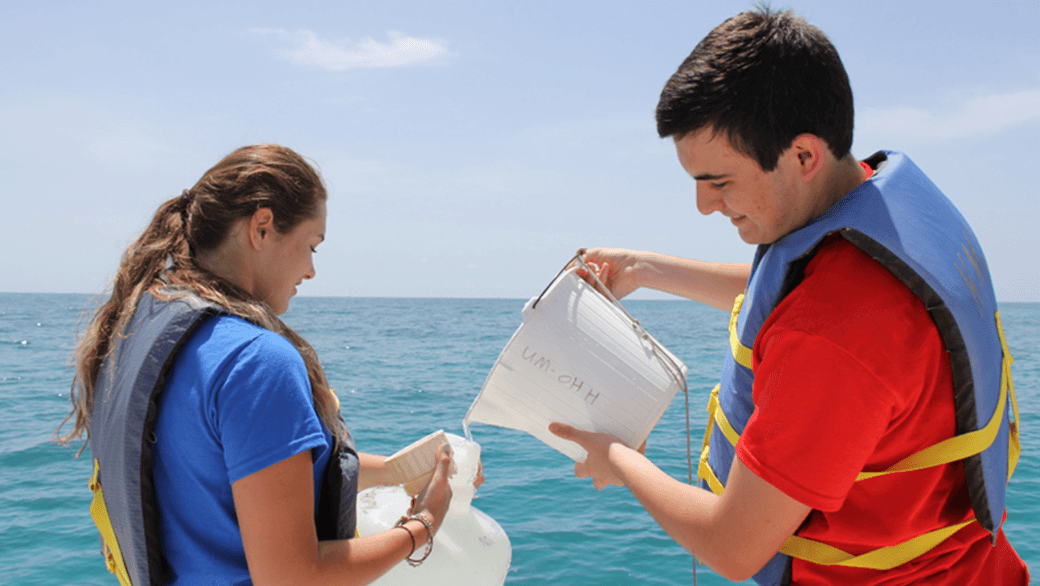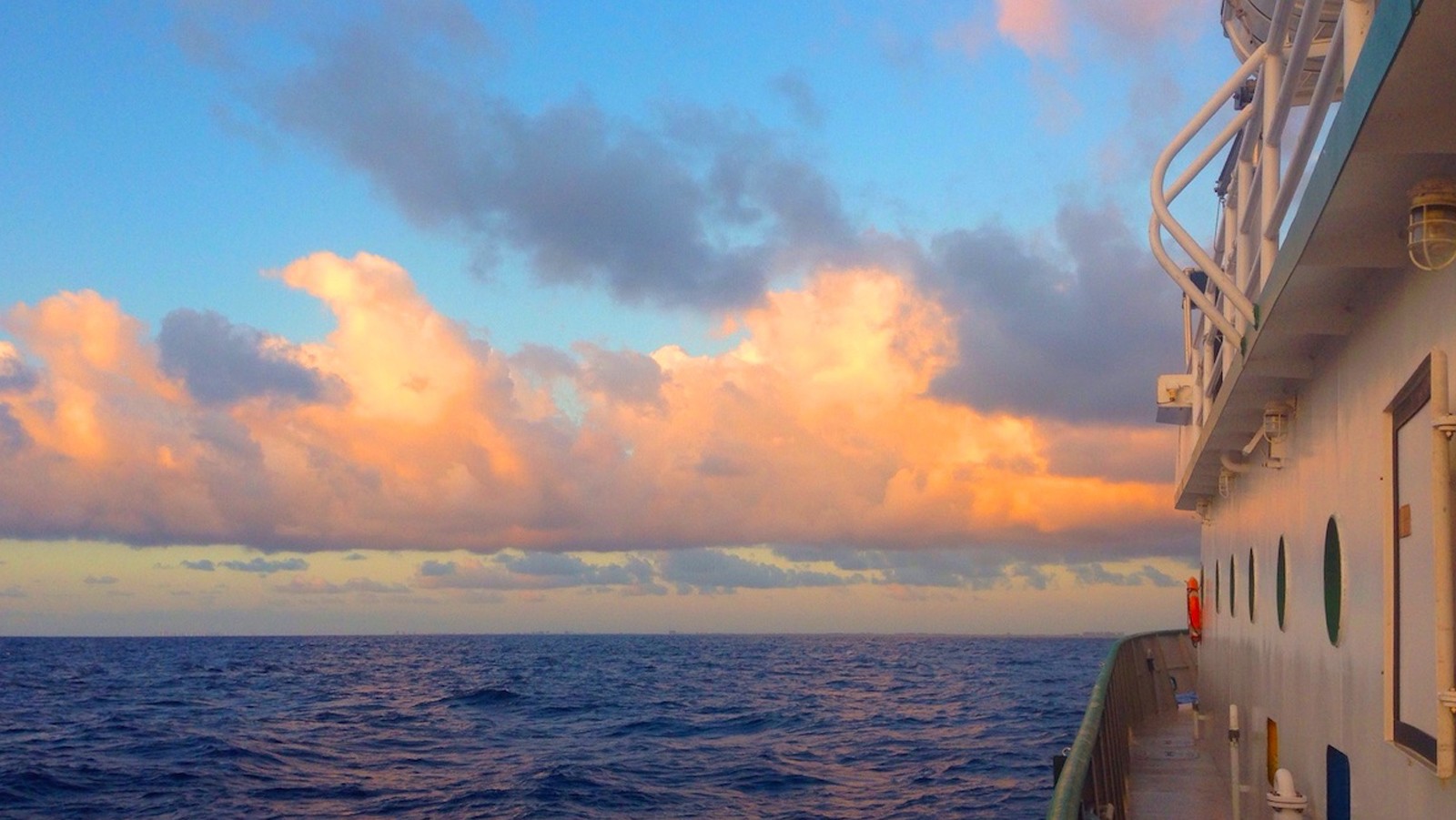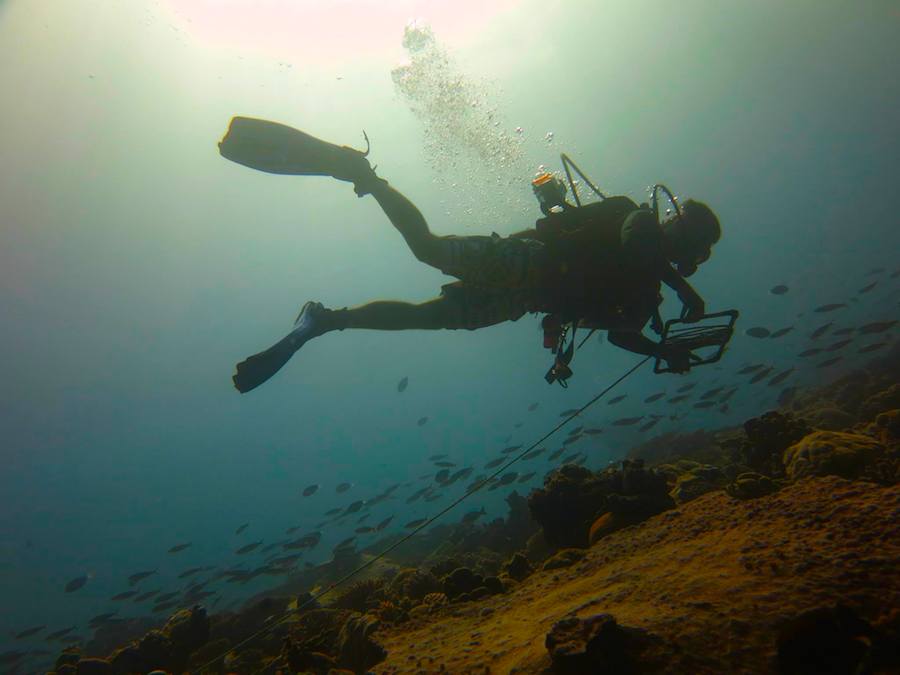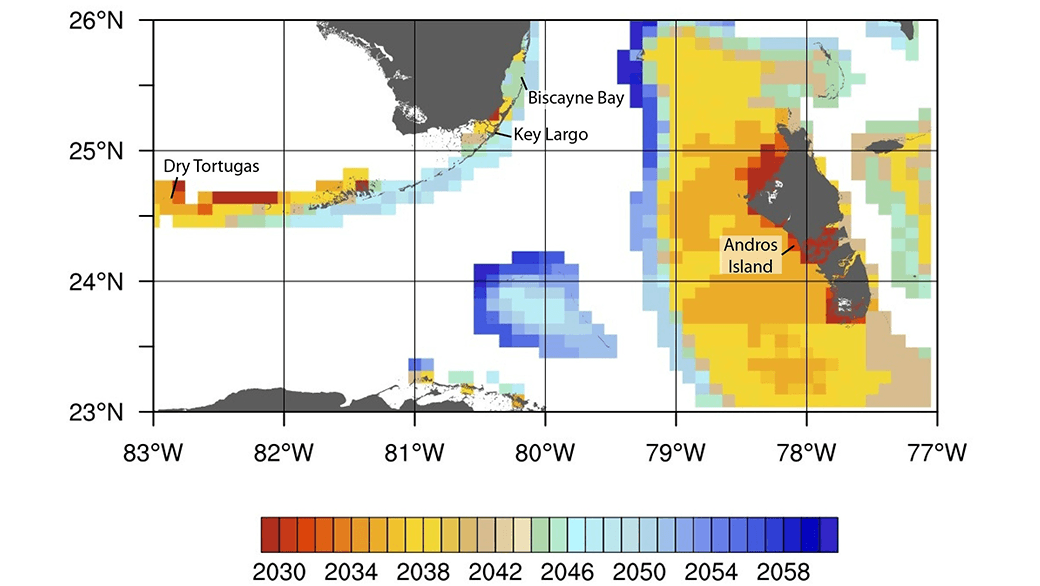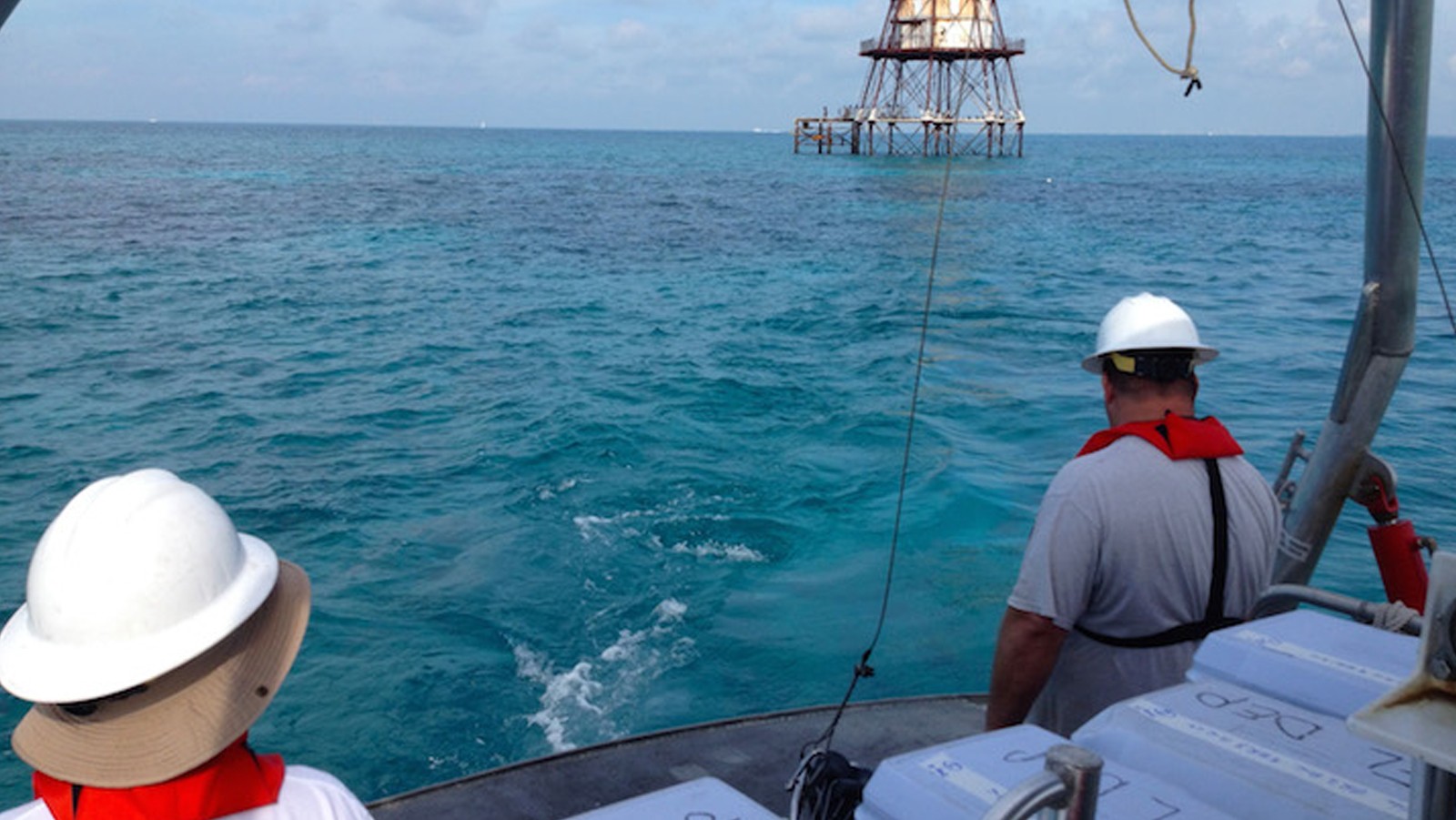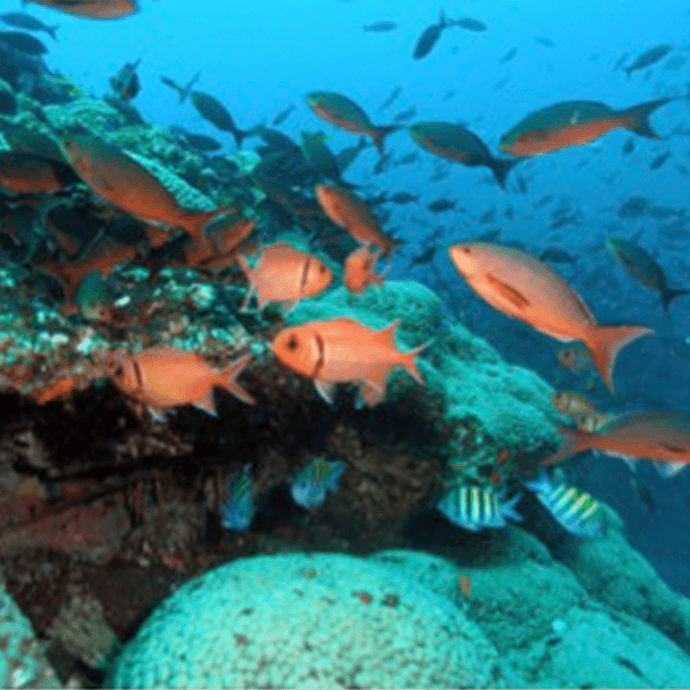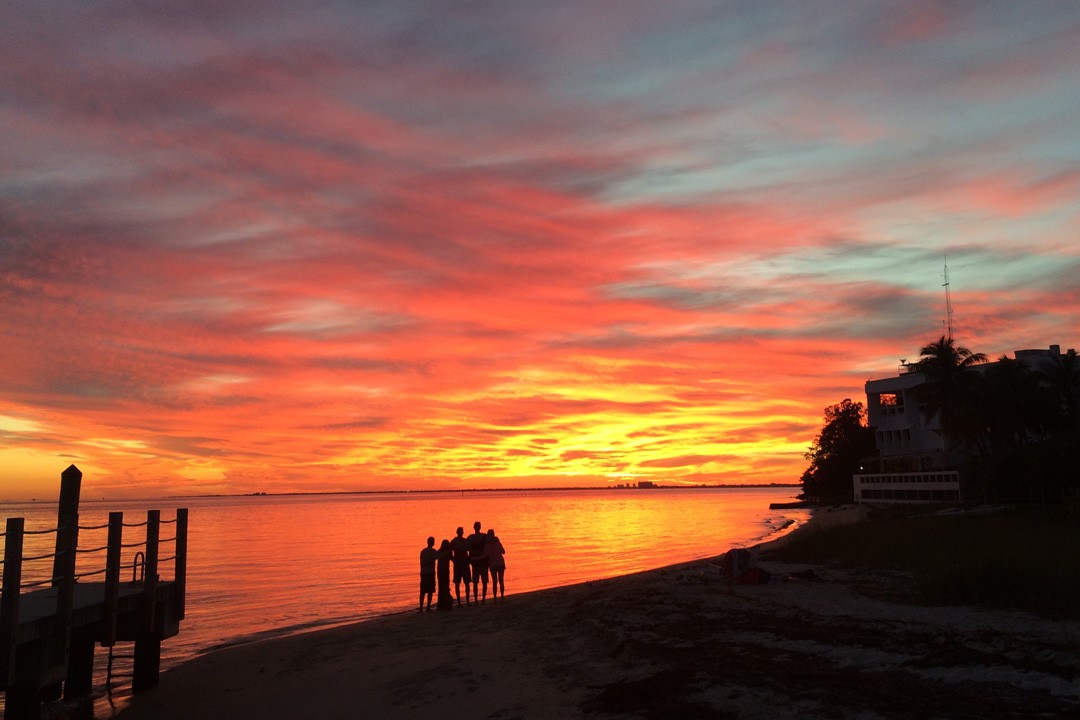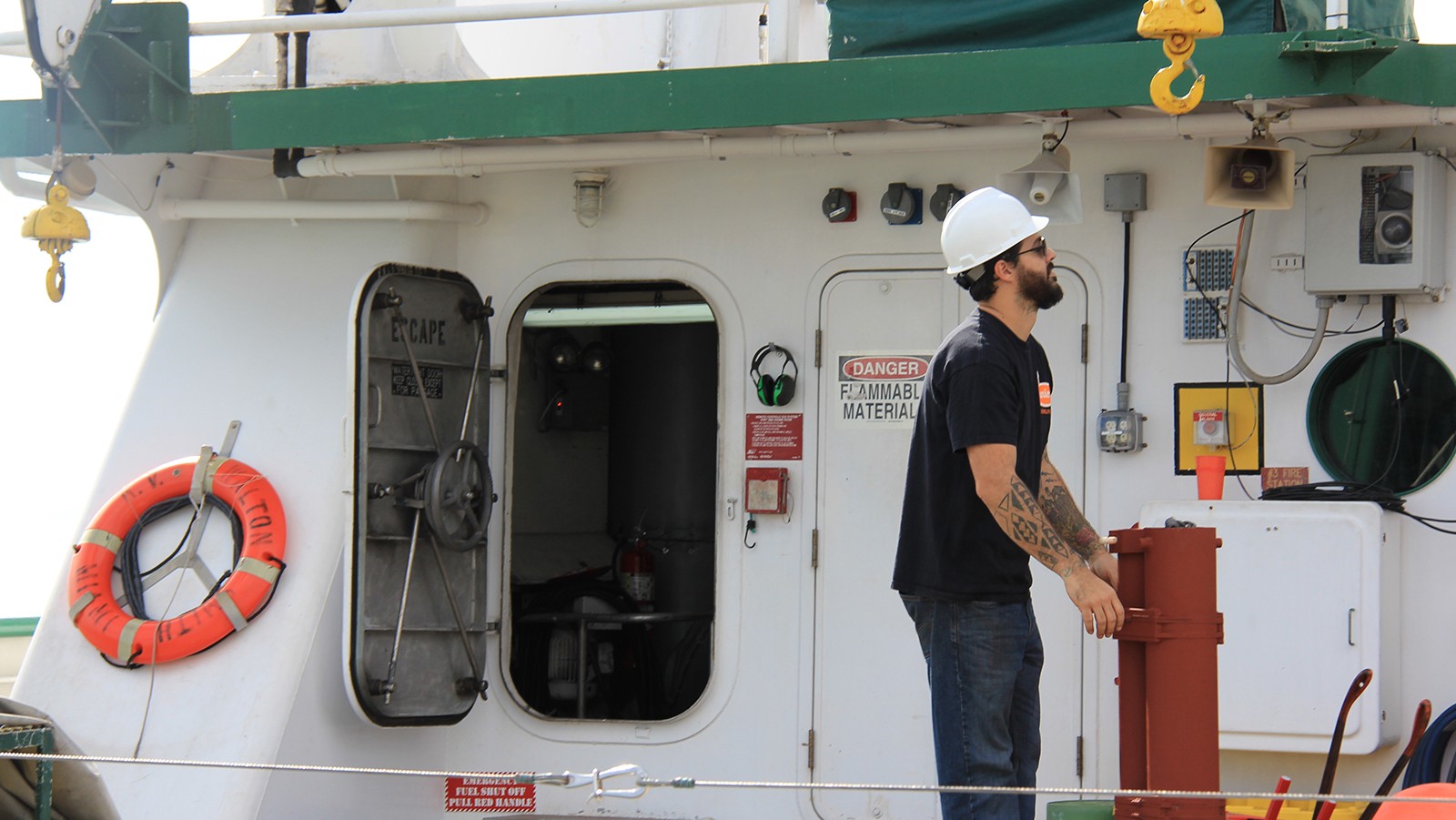AOML Oceanographers to Participate in New Summer Lecture Series
This summer, AOML will be diving into a new outreach initiative with the Central Caribbean Marine Institute, a coral reef research organization based in the Cayman Islands. From June through August, NOAA oceanographers from AOML will give a series of talks on various oceanographic topics to the institute’s staff and students participating in the National Science Foundation’s (NSF) Research Experiences for Undergraduates program at the institute’s Little Cayman Research Centre (LCRC).
